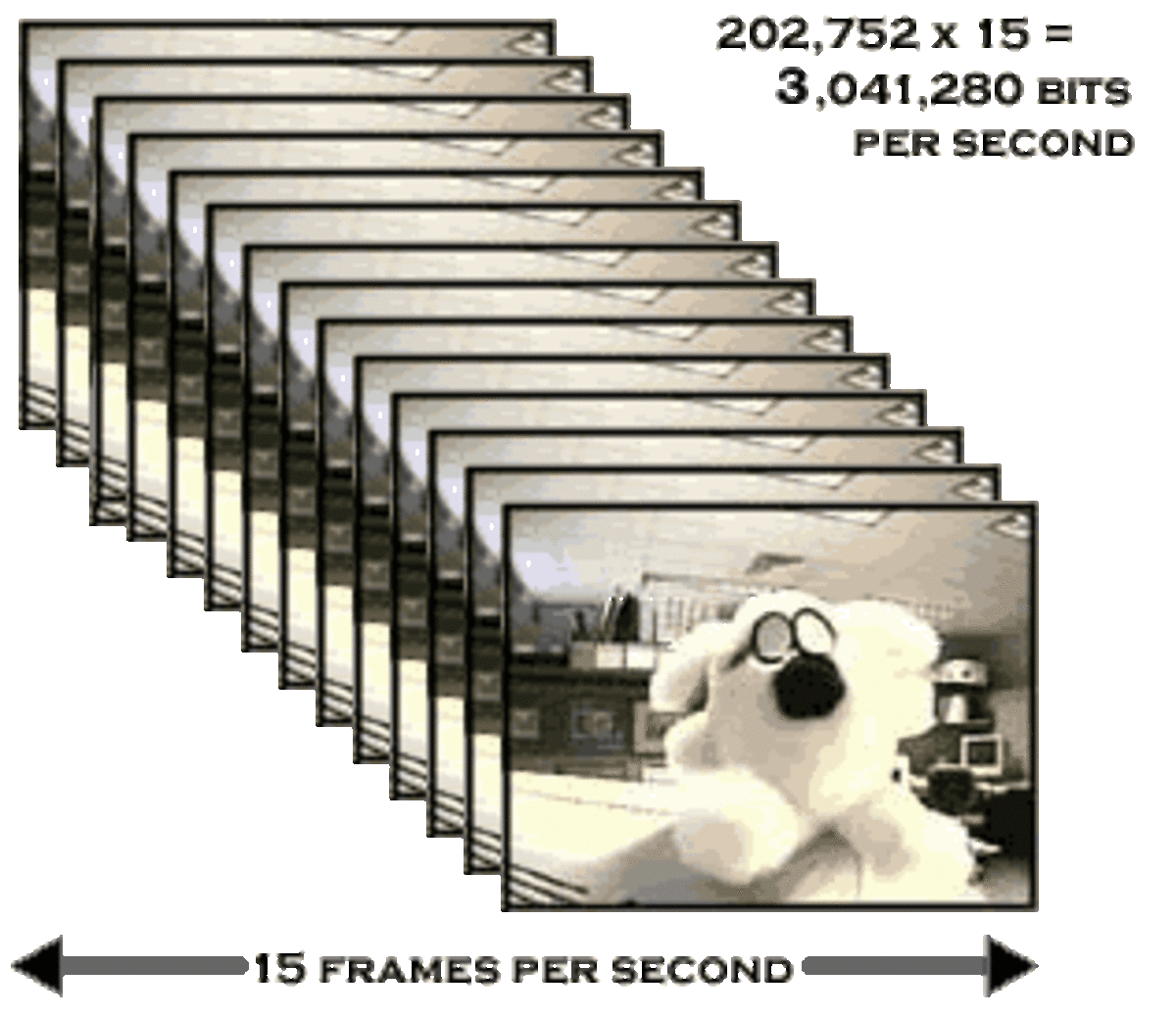Learn About 3d Tv Technology
All about 3D TV
The television technology research is bypassing the limits that were set high by color TV technology over three decades ago.
From black and white discrete scene TVs to color TVs was a continuous evolvement which stopped in 80s and research got focused on creating big screen flat TVs for commercial use.
In last few years the flat screen TVs have found their way in average consumers home. From being about $3000 - $5000 in price in 2003-2004, the prices are down to $200 -$300 for an average branded 46 inch TV.
The industry is continuously researching ways to bring the richest experience of screen watching to our homes. With that momentum and passion, another breakthrough that is going to bigger impact in coming decades is 3D TV technology. So what is "3D", why it is a breakthrough technology, what is the impact it may make. These are some questions that a wonderful curious reader like you may be wondering. Well, let Us first unveil the secrets of the 3D technology.
The stereo pair images
Our eyes are about 1-2 inches apart. Each eye sees a slightly different image of the same scene and sends to the brain. The brain combines these images together, filling the area between two images using information from depth of the objects, thus allowing us see three dimensional world.
So the concept for manufacturers of 3d TV is same. They want to create brain like affect in TV so that your eyes send two spaced images from the TV to the brain and you could see 3D images inside the digital screen. Makes sense?
The 3D TV:
In 2010, in a major digital electronic conference "CES" several industry leading brands showcased their 3D TV technology. This conference brought a lot of attention and also helped in understandIng the possible types of 3D imaging technologies that were being researched.
Based on the review of the products in that conference, 4 kinds of 3D TV technologies became apparent:
- Passive Glass System: The classic system where the screen carries two images each spaces apart slightly and carrying opposite polarized signals. You wear red/blue or polarized set of glasses (similar to one you get at theme park theaters). Your brain helps putting together 3D affect of the image.
- Active Glass System:These TVs are capable of converting any image to 3D image. The technology uses cyclic polarization where polarization alternates in sync with the refresh rate of the screen and without glasses your see two images that your brain puts together as 3d image.
- Lenticular viewing: These sets are designed such that those can be watched without wearing any glasses. The TV screen carries a special lense that sends two different set of signals to eyes. The catch is that you have to sit at a particular distance.
- Glass Slab Style system: Another one featured on the conference was a TV whose screen was a few cm think. The front screen carrying the one image and back screen carrying other and thus allowing viewers brain to create 3d images
In 2010, hollywood blockbuster AVATAR was shown in IMAX 3D theaters. the large acceptance and rush from 3D enthusiasts reflected that we were ready to embrace this new technology.
This is what is wrote in 2010: "Currently it is expensive to create those TVs and so is for consumer. However like other technologies, the possibility of $500 46” 3D TV cannot be denied."
Today on Nov 25, 2012, on the cyber Monday deals day, I see that prediction coming reality.
"If you are keen on getting the one, then Panasonic could be best as they are pioneers who created this technology. If you are Sony or Samsung lover, then wait till they create the rock star versions of 3D tv in couple of years."
Again the above quote became outdated today. Clearly Samsung 3D technology outshined over last two years with a few new brands challenging the other leading brands. Well, today it is hard to say which is best, but I can say one thing, believe your eyes. Your eyes would help you choose the one that you would never regret.
As always hope you had fun reading and gained some insights









